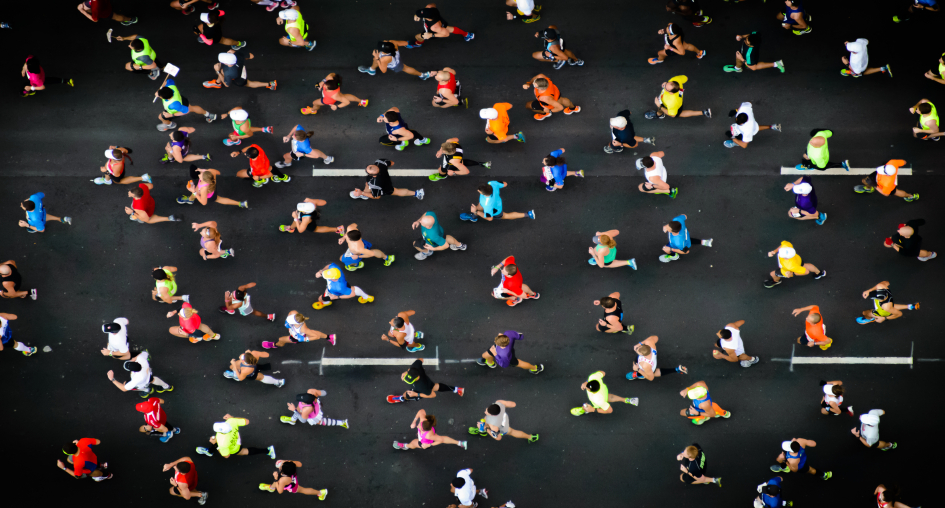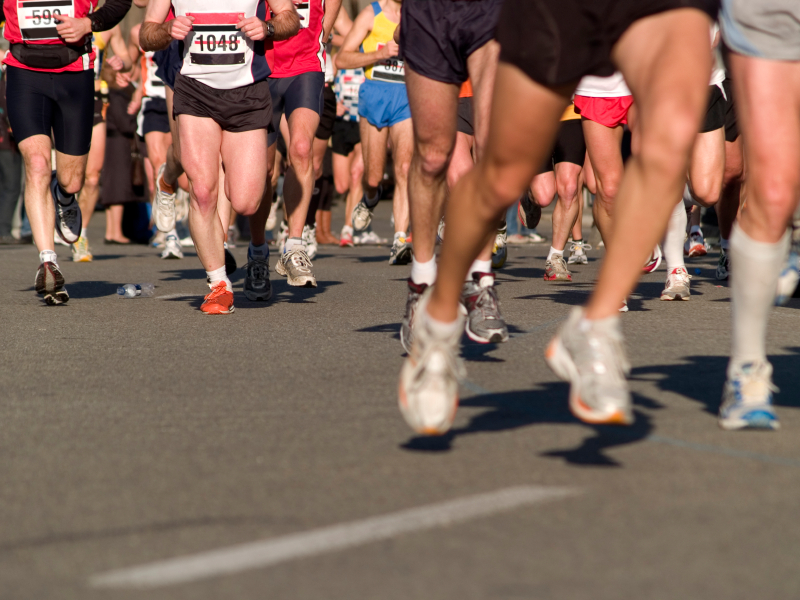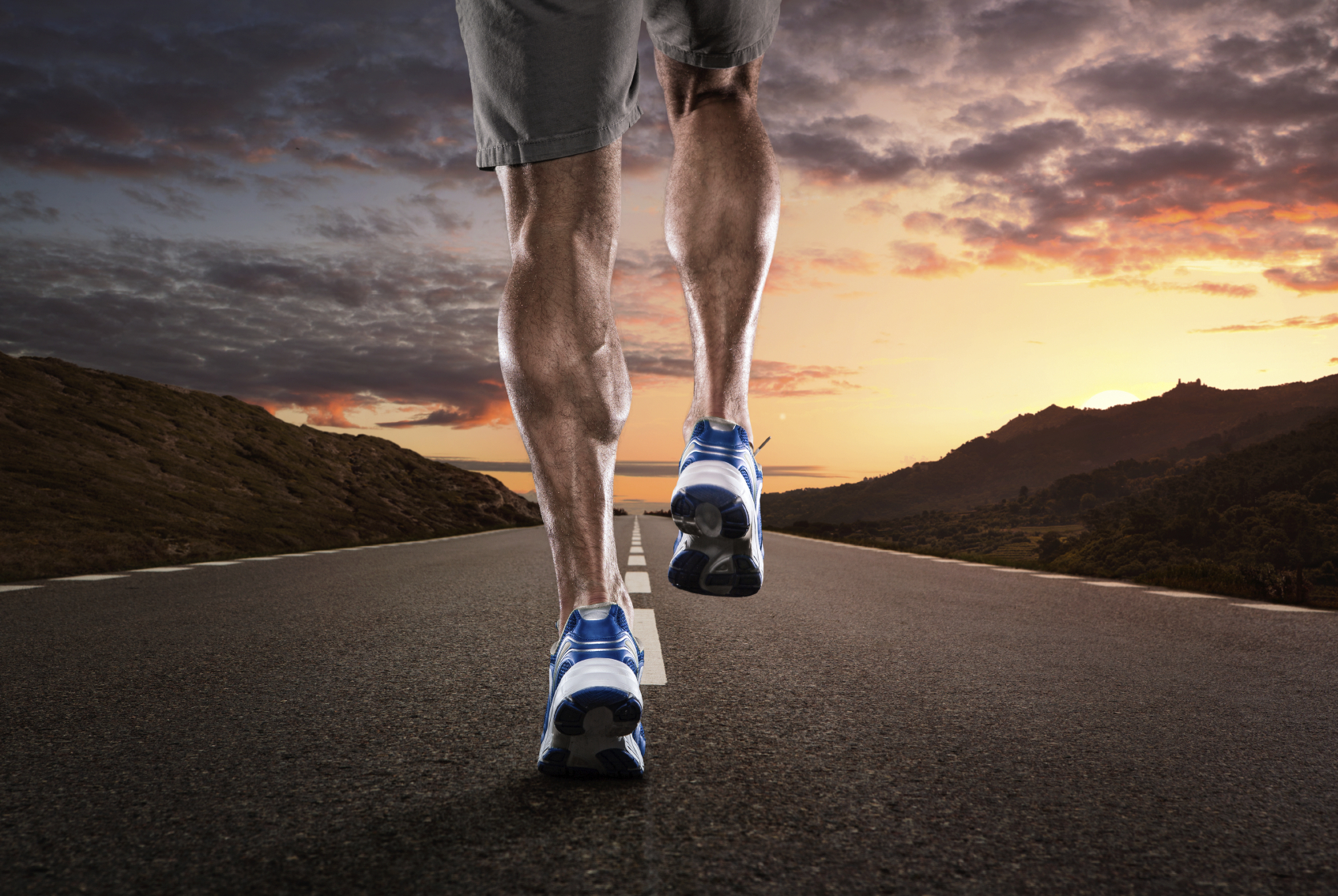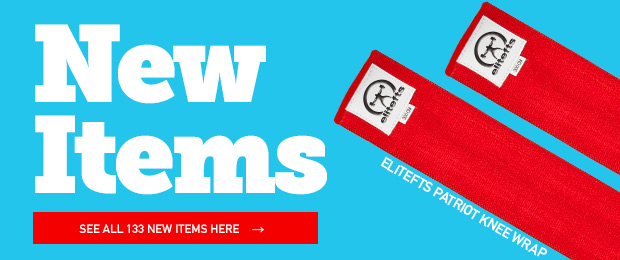
This training program originally appeared in Programs That Work Volume 1.
This year brought an unexpected challenge from two former clients of mine. One was participating in a 100-kilometer race while the other was going to run 50 kilometres of the race with her. The goal of my client was to complete the race in under sixteen hours to ensure she received the beer stein that was awarded to all participants who finished in under that time.
Both of these clients had significant injury histories relating to their hips, glutes and calves. The brief they provided to me was simple:
- Get them stronger for the race;
- Address their existing injuries as much as possible; and
- Avoid any new injuries.
All of this was to be completed in the sixteen weeks that remained prior to the race.
Prior to developing the program with my clients, there were two key things that I undertook. These were:
- Completing a Functional Movement Screen on each of them; and
- Contacting their physiotherapist to review their injury histories, their progress, and any recommendations or contraindications that they identified.
The Functional Movement Screen showed that each of my clients has limited shoulder mobility, problems with hip flexion and extension, a lack of rotary stability, and limited ankle mobilisation for one client. All of these conditions were supported by their physiotherapist who highlighted the remedial work they were to do while noting that there were no specific contraindications for either of them.
Given that both of my clients were avid runners, the problems identified with hip flexion and extension in the Functional Movement Screen surprised me but most likely reflected a lack of gluteal function for each of them and the ongoing hip problems that one of them has been afflicted by.
RELATED: Jump Higher and Run Faster with Contrast Training
In putting together a program for these two runners, my focus was on the following:
- Improving their hip mobility;
- Developing their ability to move in multiple planes rather than the single plane that running required;
- Address their gluteal dysfunction; and
- Strengthening the core and driver muscles to support their running.
While the Functional Movement Screen identified a lack of shoulder mobility for both clients, this was not a key consideration in their program it would not directly impact on their running goals. It is, however, something that I will now be working with both of them on addressing.
The program we completed was divided into the following phases:
- Rehabilitation and prehabilitation;
- Strength development;
- Taper.
The program was amended as we progressed to take account of the running training that was prescribed by their running coach. This generally wasn’t a problem but there weeks where we backed off on load and intensity as they were particularly high volume running weeks.
Phase 1 – Rehabilitation and Prehabilitation – Weeks 1 through 4
This phase was focused primarily on continuing to address existing injury issues in conjunction with the physiotherapist while also starting on the process of improving their hip function. A standard session during this phase was:
Warm Up
Foam Roller (10 rolls on each site)
- Calves
- Backs of Knees
- Hamstrings
- Glutes
- Quadratus Lumborum
- Lower Back
- Quads
- Adductors
- Hip Flexors
- IT Bands
Lacrosse Ball
- Calves
- Gluteals
Mobility Work (10 repetitions of each exercise)
- 10 Hip Crossover
- 10 Scorpions
- 10 Supine Scorpions
- Front Leg Raises
- Side Leg Raises
- Rear Leg Raises
- Fire Hydrants
- Quadruped Thoracic Rotations
- Hip Flexor Mobilisations
- Single Leg Deadlifts
- Bowler Squats
- SSB Squats (5x5)
- Trap Bar Deadlifts (5x10)
- KB Single Leg Deadlifts (5x10)
- Bodyweight Lateral Lunges (5x10)
- McGill Curls (3x20)
- Super Mans (3x20)
- Hamstrings
- Calves
- Quadriceps
- Gluteals
- Lower Back
- Adductors
Strength Work
Stretching
Each week we rotated the sets and repetition schemes for the SSB squats and the trap bar deadlifts. The selection of SSB squats was deliberate, as I like the added instability that using this bar provides, forcing both clients to increase their stability and effectively engage their core when completing the exercise.
MORE: Workout Templates for Various Athletes
The lacrosse ball was included to allow us to identify and focus on addressing knots in muscles more effectively through more focused contact than we could achieve with the foam roller. The pained looks on the faces on my clients was always a sure sign that a trigger point requiring attention had been identified. While they grappled with this during the early phases, as they progressed with it, the improvement was visible.
Phase 2 – Focused Strength Work – Weeks 5 through 14
This phase was focused primarily on building on the foundation we had established during the first phase while maintaining or focus on rehabilitation and prehabilitation. A standard workout during this phase was:
Warm Up
Foam Roller (10 rolls on each site)
- Calves
- Backs of Knees
- Hamstrings
- Glutes
- Quadratus Lumborum
- Lower Back
- Quads
- Adductors
- Hip Flexors
- IT Bands
Mobility Work (10 repetitions of each exercise)
- 10 Hip Crossover
- 10 Scorpions
- 10 Supine Scorpions
- Front Leg Raises
- Side Leg Raises
- Rear Leg Raises
- Fire Hydrants
- Quadruped Thoracic Rotations
- Hip Flexor Mobilisations
- Single Leg Deadlifts
- Bowler Squats
- Cossacks into Lunges
Strength Work
- SSB Squats (5x5 working up to 3 repetition maximums)
- Trap Bar Deadlifts (5x10)
- Single Leg Bridges or Barbell Hip Thrusts (3x10)
- Front, Lateral and Reverse Lunges (3x10)
- McGill Curls (3x20)
- Super Mans (3x20)
- Planks or Side Planks (3x1 Minute)
Stretching
- Hamstrings
- Calves
- Quadriceps
- Gluteals
- Lower Back
- Adductors
Each week we rotated the sets and repetition schemes for the SSB Squats and the Trap Bar Deadlifts. During this phase, we would occasionally need to change the volume and loads to reflect their running training. During one week we switched to an upper body session as they were due to run forty kilometres two days after our session and then thirty kilometres the following day. Needless to say, frying their legs during our session was not going to be of much benefit to them during this time.
The strength exercises during this time was in the region of 20% on their squat and deadlift numbers. The increase in load for the barbell hip thrusts was in the order of 50%. While this was excellent news in terms of raw numbers, perhaps of greater impact was their anecdotal feedback that they both felt much stronger during their longer training runs and felt much more powerful when running up hill and across uneven terrain.
During this phase, exercise bands were added to the mobility work wherever possible, particularly during the front, side and rear leg raises. Regular massages were also included in their overall training program for recovery purposes.
Phase 2 – Taper – Weeks 15 and 16
This phase was focused primarily on keeping the muscles free of knots and loose. The hard work had already been done; the key here was on maintaining the gains that had been made. A standard workout during this phase was:
Warm Up
Foam Roller (10 rolls on each site)
- Calves
- Backs of Knees
- Hamstrings
- Glutes
- Quadratus Lumborum
- Lower Back
- Quads
- Adductors
- Hip Flexors
- IT Bands
Mobility Work (10 repetitions of each exercise)
- 10 Hip Crossover
- 10 Scorpions
- 10 Supine Scorpions
- Front Leg Raises
- Side Leg Raises
- Rear Leg Raises
- Fire Hydrants
- Quadruped Thoracic Rotations
- Hip Flexor Mobilisations
- Single Leg Deadlifts
- Bowler Squats
- Cossacks into Lunges
Strength Work
- Light KB Goblet Squats (3x15)
- Bodyweight Single Leg Bridges
- Bodyweight Front, Lateral and Reverse Lunges (3x10)
- McGill Curls (3x20)
- Super Mans (3x20)
- Planks or Side Planks (3x1 Minute)
Stretching
- Hamstrings
- Calves
- Quadriceps
- Gluteals
- Lower Back
- Adductors
General Comments
During all of the training phases, the client completed the mobility activities as part of their pre-run warm ups to ensure their hips and glutes were activated before they started. They also completed bodyweight circuits that included squats, lunges in all directions, and single leg bridges and core week at least one other day during the week (preferably two but with their running loads this was not always possible given that they both also work full-time).
Outcomes
The beer stein was gratefully accepted with my client finishing the 100kms in 15 hours, thirty minutes. A thirty-minute margin for error — just what I like to see.
The most gratifying element of the whole experience for me was that both of my clients remained injury-free during the whole preparation period and both noted that they felt strong not only at the start of the race but also at the end of it.
The next step for these two is to confirm the next item on their bucket lists (I believe it has to do with a race up the stairs in an 80+ floor building) and start the process of developing a training program for this while also getting them in “bikini” shape for the upcoming southern hemisphere summer.
Bill is a personal trainer based in Frankston, Victoria. He has more than 30 years of training and nutrition experience that I can bring to bear to help you achieve your health and fitness goals. I have trained for sports, to build strength, to build muscle and to improve general health and fitness levels. I work with my clients to help them achieve the health and well-being that they deserve.












The athlete I was training did only one strength session as that was all they could manage with their training load for running. The athlete concerned has some exposure to strength training so it was easy to get things started and moving for them. The upper body segment was to change things up slightly to try and stop boredom setting in.
Cheers
Bill
Cheers
I noticed there isn't any upper body training listed here except that one week you noted. Did they add in upper body movements as well, or was it all lower body focused? Trying to find that balance myself as I'm training to be an ultrarunner.
Cheers, Bill